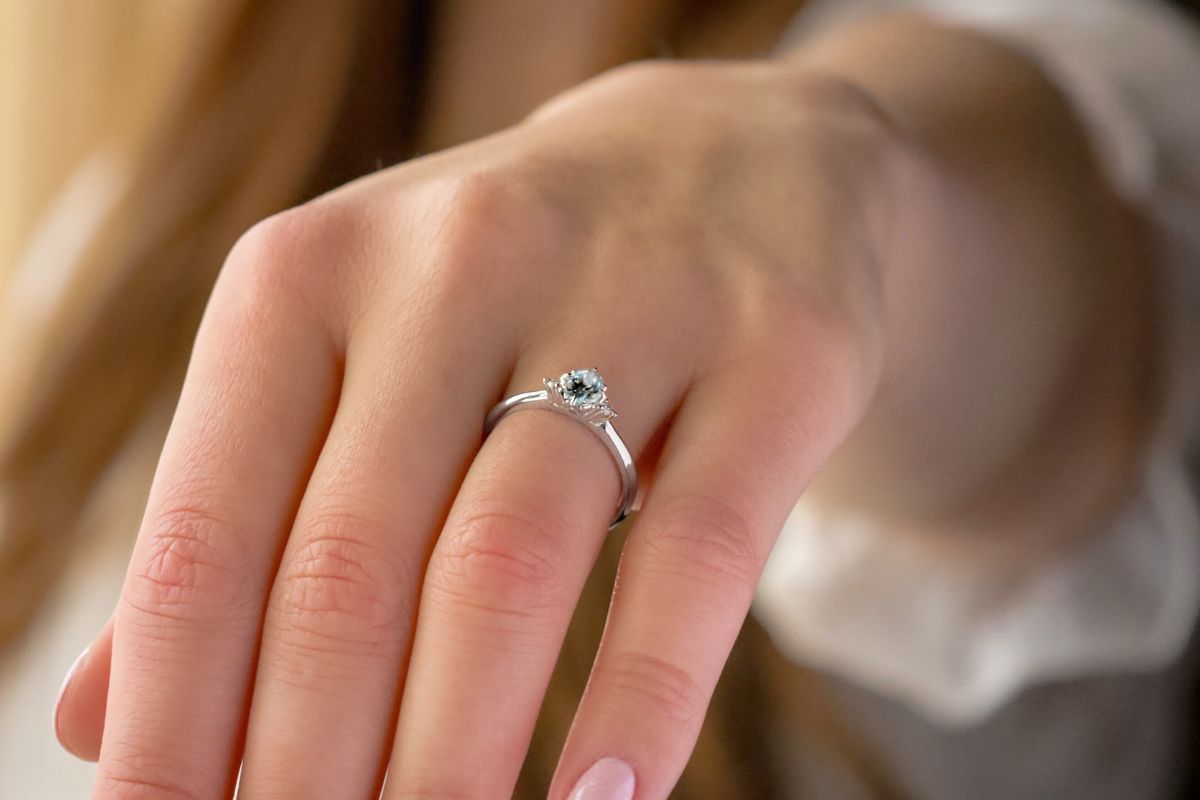What is the GIA scale and what does it tell about the quality of your diamond?
We often imagine diamonds as crystal-clear, colorless stones, but in reality, there is quite a lot of variation in color.
One of the four Cs of diamonds represents the word color. Diamonds come in every color, and some of them, such as pink, blue, and even yellow diamonds, are quite valuable. However, in classic clear diamonds, color imperfections like yellowness are not desired. The value of clear diamonds increases as the color of the stone decreases.
Diamond Color on the GIA Scale
Diamond colors are evaluated using the so-called GIA scale, named after its developer and perhaps the world's most famous diamond manufacturer, GIA. The evaluation takes place in an environment where light reflected by external surfaces does not affect the color of the diamond. It is difficult to see color imperfections in diamonds with the naked eye, precisely because all surrounding elements affect its clear appearance.
The GIA scale is organized alphabetically. The letter D represents the clearest possible color, and the letters proceed in alphabetical order to Z, which represents stones with the most color visibility.
Each diamond is compared to the so-called Master Set scale, which consists of stones that represent perfect examples of the different categories on the scale. It is easier to evaluate a stone before it is set in jewelry, as the metal of the jewelry can affect its colors. The significance of a diamond's color increases with the size of the stone in carats. Larger stones reveal color imperfections more easily than smaller ones.
Below you will find the entire GIA scale:
| Colorless | D, E, F | There is very little difference between D, E, and F diamonds. These diamonds are best paired with white gold or platinum, as the color reflected by yellow gold adversely affects the colorless appearance of a clear diamond. |
| Nearly Colorless | G, H, I, J | Since G-J diamonds may show slight signs of color (not visible to the naked eye), they are best matched with yellow gold. White gold and platinum also suit these diamonds. This category of diamonds is extremely popular due to its excellent value for money. |
| Faintly Tinted | K, L, M | From the letter K onwards, a faint yellow tint may be visible to the naked eye. These diamonds pair well with yellow gold due to their warm tone. |
| Very Light Color | N-R | The coloring of N-R class diamonds is easily noticeable to the naked eye as a yellowish or brownish tone. Diamonds in this class are significantly more affordable. |
| Light Color | S-Z | S-Z diamonds are considered by many to be beyond the acceptable level of color content, especially if you are looking for a traditionally clear diamond. |


